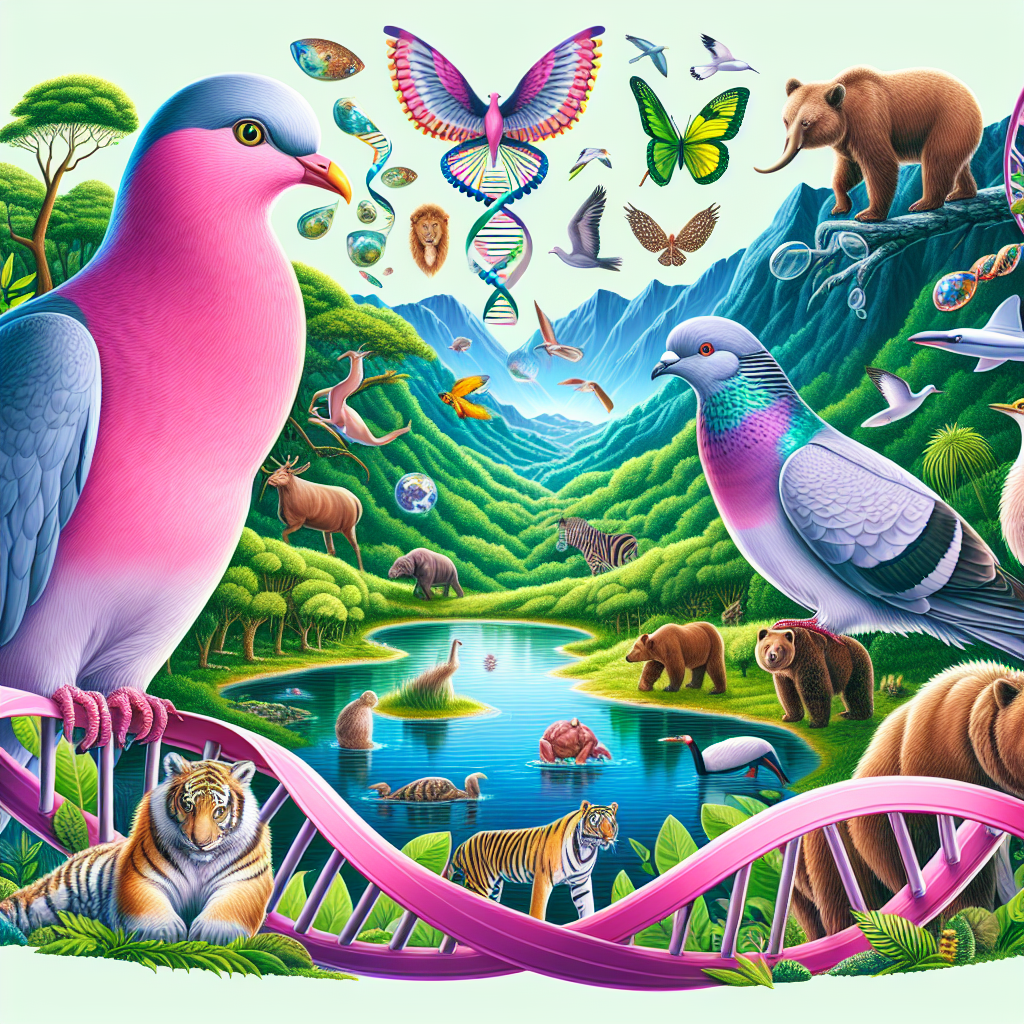
Gene Editing Hope for Endangered Species Conservation
The use of gene editing technologies has emerged as a beacon of hope in the conservation and revival of endangered species. Scientists are now leveraging CRISPR and other gene-editing tools to not only preserve endangered species but also restore their genetic diversity, which is critical for their survival.
The Rise of Gene Editing in Conservation
Gene editing, particularly through the CRISPR-Cas9 system, has become a transformative tool in addressing biodiversity loss. By modifying specific genes, scientists can enhance an organism’s resilience to environmental changes, diseases, and even help reintroduce extinct traits that might benefit survival.
Case Studies: From Theory to Practice
Recent studies have demonstrated the potential of this technology in practice. In Mauritius, the pink pigeon—a bird once on the brink of extinction—has seen renewed hope through genomics. By sequencing and analyzing genetic material from both living and museum specimens, conservationists aim to increase the genetic pool of the existing population.
In agricultural research, similar techniques are applied to develop crops that can withstand climate change and pest pressures, drawing parallel strategies that could be applied to wildlife.
Ethical Considerations and Challenges
While the promise of gene editing in conservation biology is immense, it comes with ethical challenges. The intervention in wild populations raises concerns about unforeseen impacts on ecosystems and biodiversity. It also challenges the philosophical boundaries of conservation—balancing human intervention with natural processes.
Potential Impacts on Ecosystems
Altering the genetic make-up of species within an ecosystem can have cascading effects. For instance, introducing gene-edited individuals might affect predator-prey dynamics, competition for resources, and ultimately, ecosystem stability. Thus, every intervention requires comprehensive ecological assessments.
Moreover, the success of such projects lies in global collaboration. Scientists propose a collaborative framework that combines traditional conservation efforts with innovative biotechnological approaches, aiming for a sustainable synergy.
The Next Frontier
The future of gene editing in conservation holds much potential beyond preserving species—it includes the ambitious goal of de-extinction. Imagine bringing back the woolly mammoth or the passenger pigeon using preserved DNA and living relatives. Such projects, while technically in nascent stages, showcase the profound capabilities of genetic sciences.
In conclusion, gene editing in conservation presents an unmatched opportunity to curb biodiversity loss. By bridging the gap between technology and ecology, humanity could well safeguard the world’s natural heritage for future generations.
This transformative approach requires collaborative efforts among global stakeholders—scientists, governments, and conservationists alike—to navigate the ethical and ecological complexities it presents. The time to act is now, for the sake of Earth’s exquisite biodiversity.



